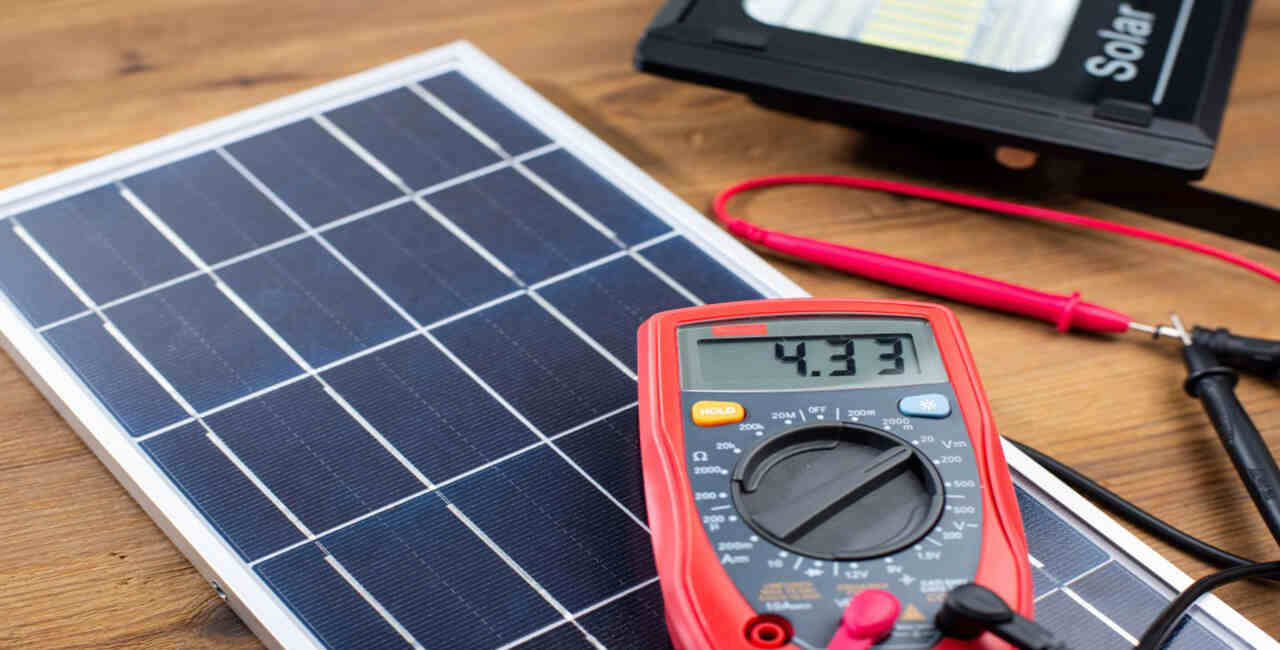
You depend on your solar system to deliver clean, reliable energy — but how do you know it’s performing at its best? That’s where solar diagnostics come in.
Solar diagnostics go beyond simple visual inspections. They involve testing electrical performance, reviewing monitoring data, and identifying hidden issues that can affect system output.
For homeowners across Texas, diagnostics are the key to keeping solar systems efficient, safe, and long-lasting.
1. What Solar Diagnostics Actually Do
A solar diagnostic is a comprehensive performance check for your system. Using specialized tools, licensed technicians test voltage, current, and output across all components — including your panels, inverters, and wiring.
This process identifies small issues that can’t be seen from the surface, ensuring your solar setup continues to operate at full capacity.
2. Detects Underperforming Panels
Not every issue with solar panels is visible. Dust, shading, or damaged cells can cause one or more panels to produce less energy than the rest.
Diagnostics pinpoint which panels are underperforming, allowing for targeted cleaning, repair, or replacement to restore total system efficiency.
3. Verifies Inverter Performance
Your inverter is the heart of your solar system — converting DC energy from your panels into usable AC power. Diagnostics check inverter output, temperature, and performance to make sure it’s working efficiently and safely.
A failing inverter can reduce system performance by up to 30%, so catching issues early prevents power loss and costly repairs.
4. Finds Electrical Faults and Wiring Issues
Loose wiring, corrosion, or damaged connectors can interrupt energy flow or cause voltage drops. Diagnostics detect these problems immediately and allow licensed electricians to make repairs before they cause more serious damage.
5. Confirms Monitoring Accuracy
If your solar monitoring app shows inconsistent readings, the issue may not be your panels — it could be the sensors or communication equipment.
A diagnostic session verifies that your monitoring system is calibrated correctly, giving you accurate, real-time data about your system’s performance.
6. Identifies Hidden Damage After Storms
In Texas, hail and wind can create microcracks or loosen mounts even if panels appear fine. Diagnostics reveal hidden issues like voltage fluctuations or uneven current flow, ensuring post-storm repairs are accurate and complete.
7. Prevents Long-Term Efficiency Loss
Even minor performance issues can reduce system efficiency over time. By identifying and correcting them early, diagnostics help prevent gradual declines in power output — keeping your panels producing consistently.
8. Supports Warranty and Insurance Claims
If your system experiences a drop in output or damage after a storm, diagnostic reports provide documented proof of system condition. This makes warranty and insurance claims smoother and more likely to be approved.
9. Helps Plan Maintenance and Upgrades
Diagnostics also help you make smart decisions about system maintenance or upgrades. Technicians can identify if older components need replacement or if a battery or inverter upgrade could boost your system’s efficiency.
10. Gives You Confidence in Your Investment
Knowing that your solar system has been professionally tested gives you peace of mind. Diagnostics confirm that your panels, wiring, and inverters are performing safely, efficiently, and in compliance with electrical codes.














